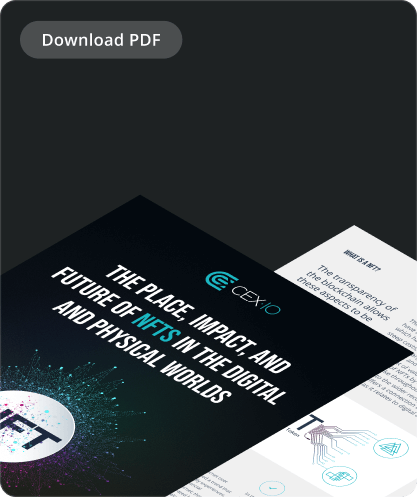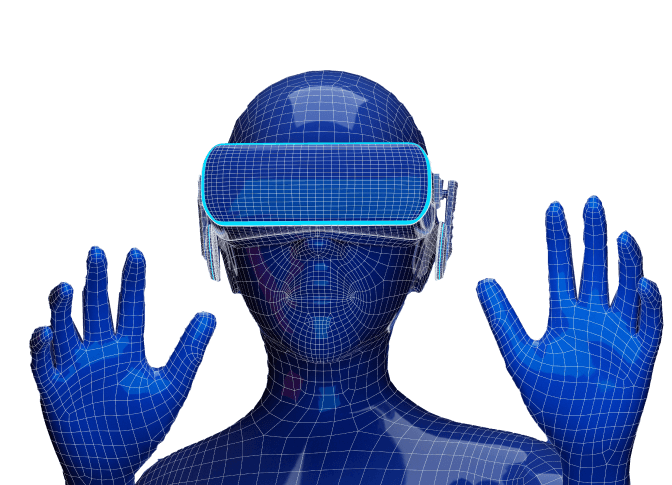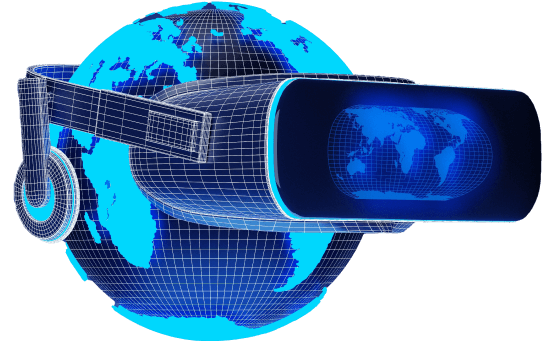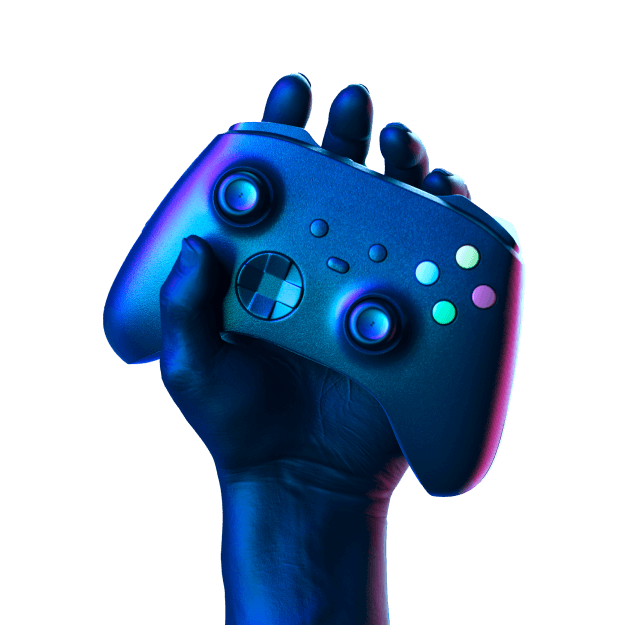The metaverse explained in detail
The metaverse is not a single platform, app, or experience. It is an umbrella term referring to a new genre of digital experiences that will be available to us in the future. This can be a massive VR roleplaying game where technology allows for full-immersion, or an AR conference platform where people can meet in real-time supported by smartphones or smart glasses. Realtors can conduct virtual tours of homes, yoga instructors can lead a private session, etc.
While social media and big tech companies are spearheading the charge by funding and developing social media VR, the entirety of the metaverse is not specific to gaming and entertainment.
Today, the future of the metaverse is limited only by technological innovation.























